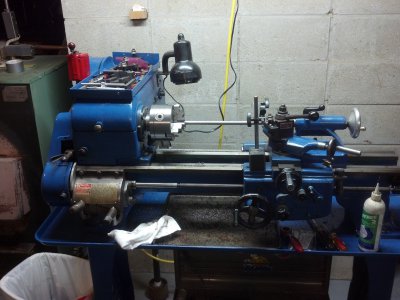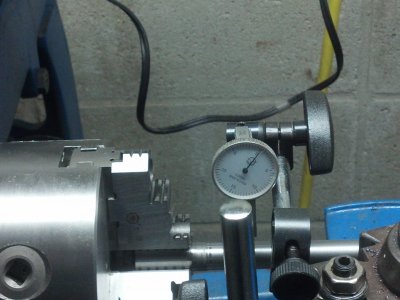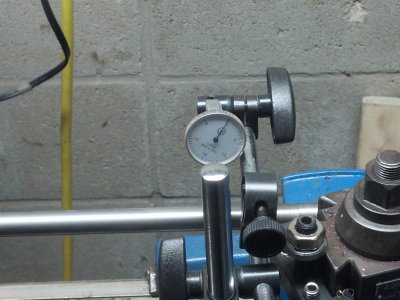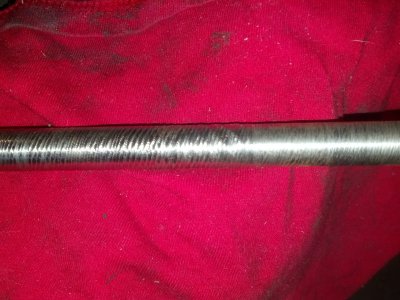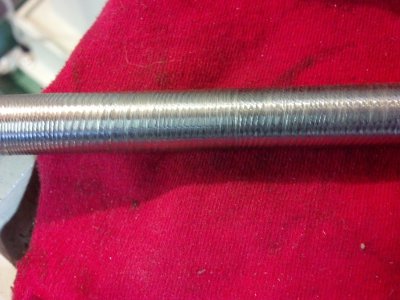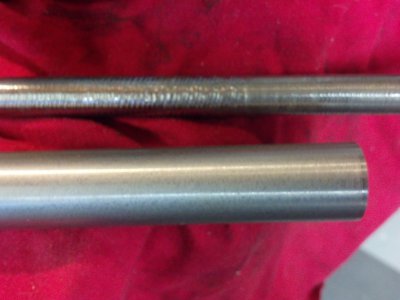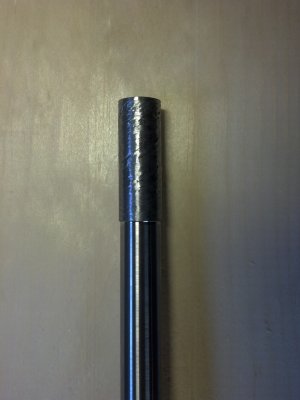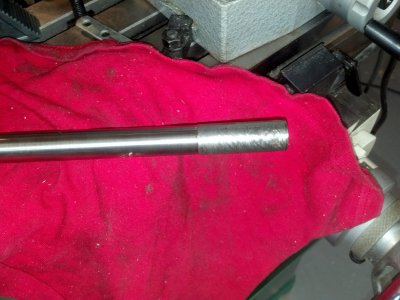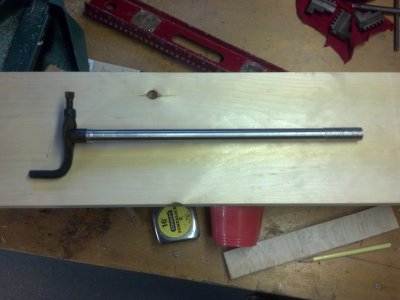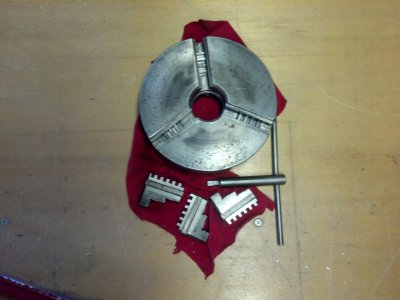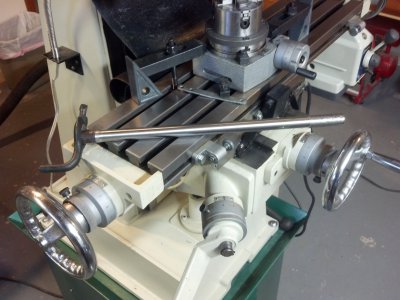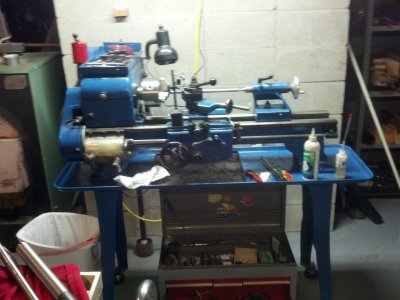- Joined
- Jul 27, 2013
- Messages
- 295
Hey Frank;
You're building a good body of evidence. This kind of poking around is how the first guy learned to fix this stuff after all. You're repeating of "dummying through it" will give you more understanding than just reading it in a book and following the directions.
I have a mint 3-jaw chuck that showed the same kind of wobble on a no center mounted 12" bar. Kind of disappointing, but then you don't ever turn anything setup like that anyways... and for good reason!
Keep blundering along and you will have a good setup head on your shoulders when you are done! I'm right behind you.... one of these days.
You're building a good body of evidence. This kind of poking around is how the first guy learned to fix this stuff after all. You're repeating of "dummying through it" will give you more understanding than just reading it in a book and following the directions.
I have a mint 3-jaw chuck that showed the same kind of wobble on a no center mounted 12" bar. Kind of disappointing, but then you don't ever turn anything setup like that anyways... and for good reason!
Keep blundering along and you will have a good setup head on your shoulders when you are done! I'm right behind you.... one of these days.


